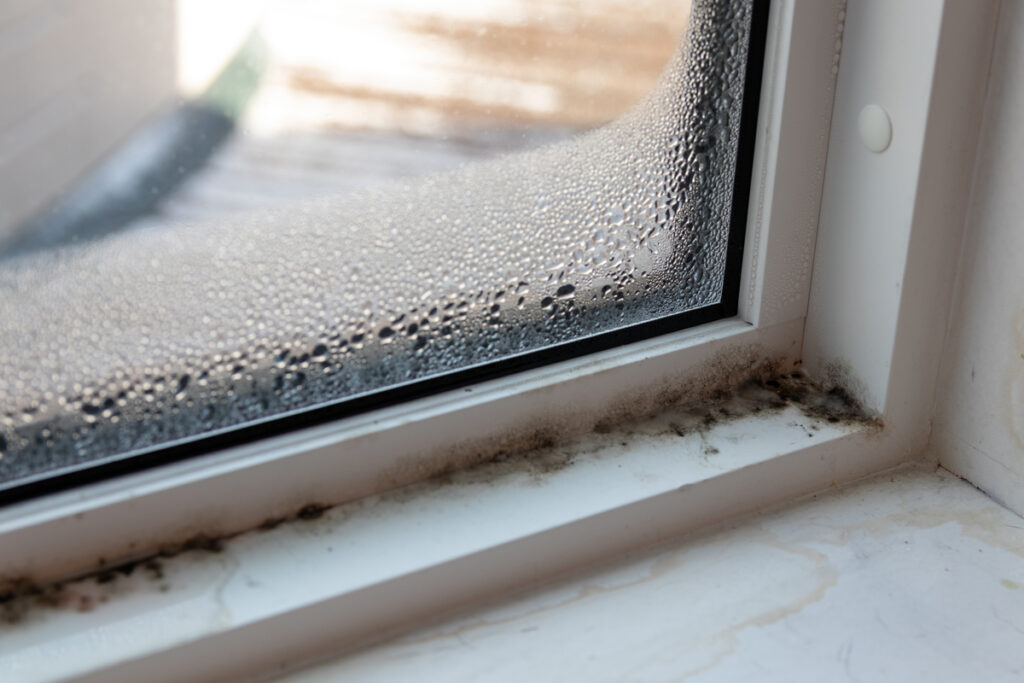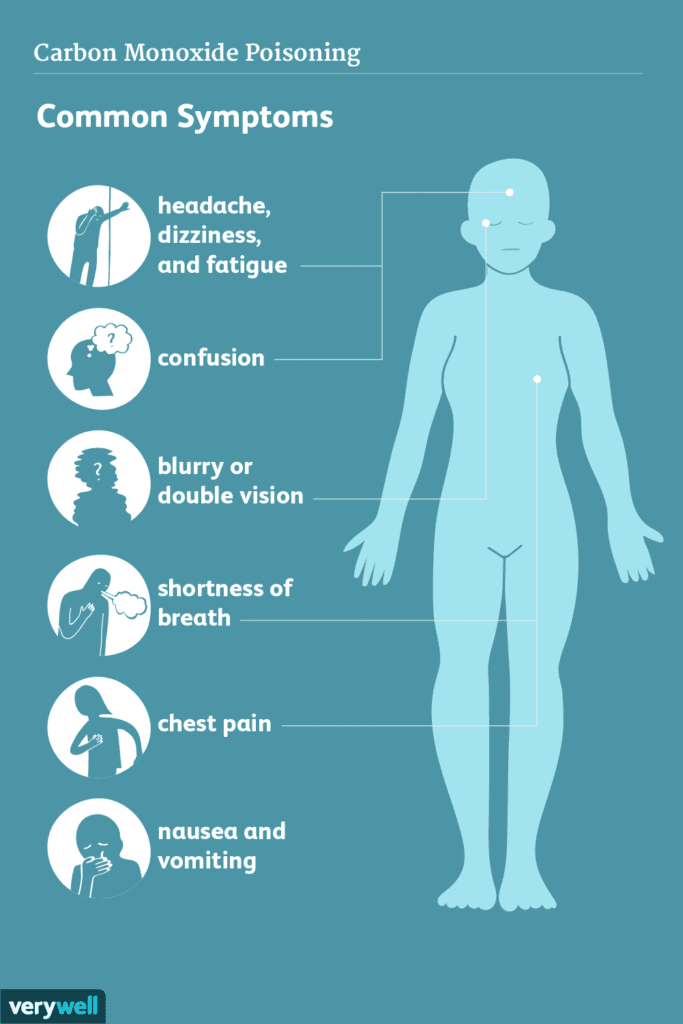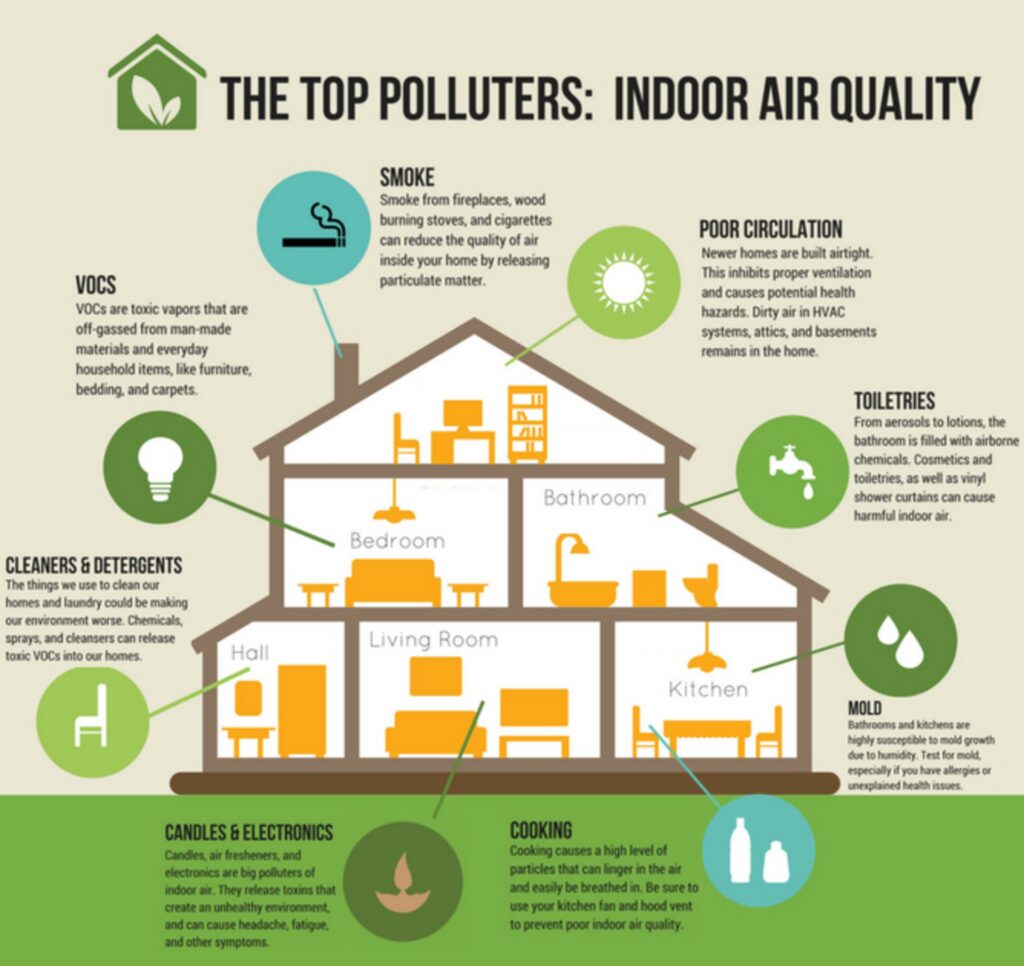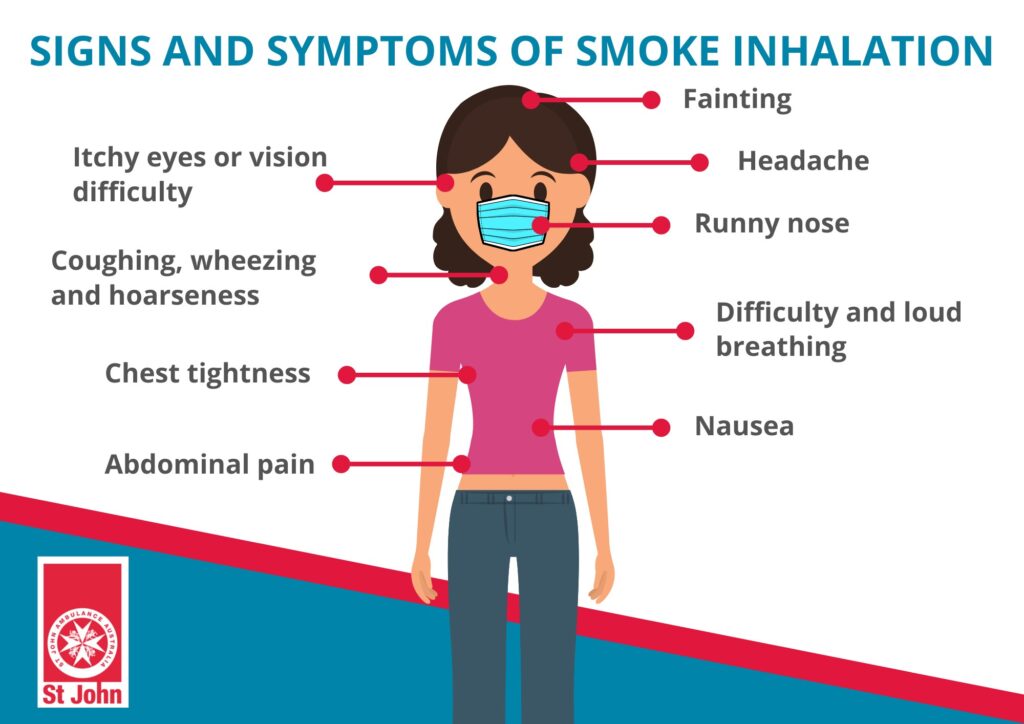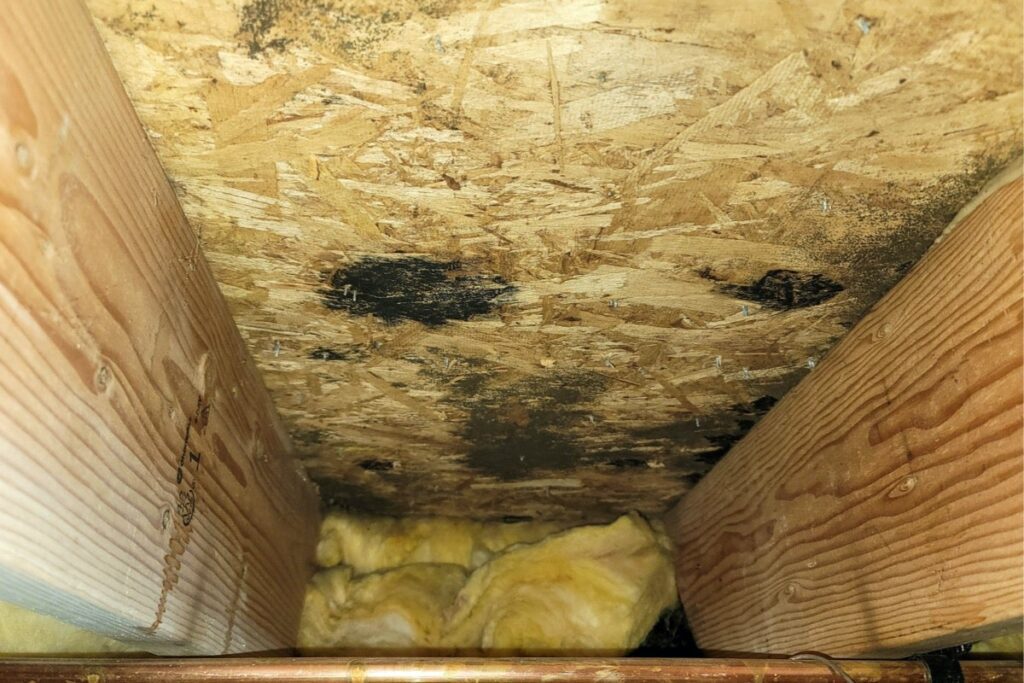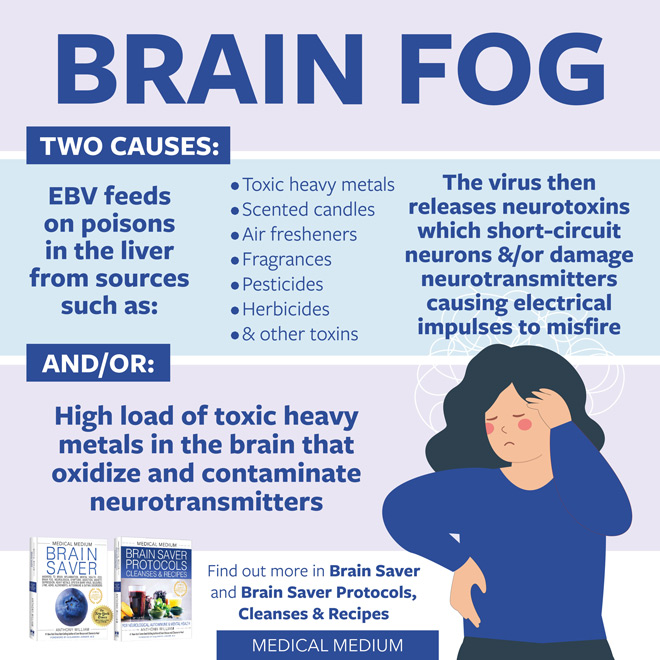You may be wondering about the best way to test your home for mold toxins. It’s important to maintain a healthy and safe living environment, and mold can be a potential threat. In this article, we will explore different methods and techniques to effectively test your house for mold toxins, providing you with the knowledge and tools to ensure the well-being of you and your loved ones. By understanding the importance of testing and taking preventative measures, you can maintain a mold-free home and enjoy peace of mind.
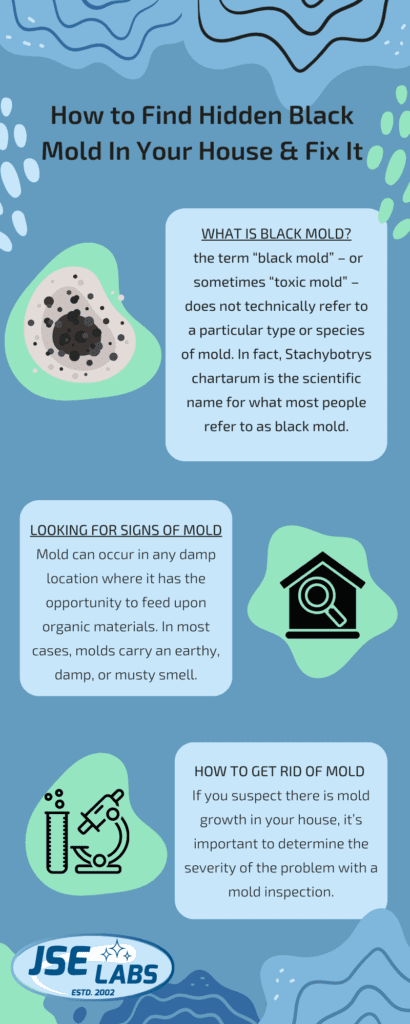

1. Recognizing the Signs of Mold Infestation
1.1 Visual Indicators
The first step in identifying a potential mold infestation in your house is to be aware of the visual indicators. Mold can often be seen growing in damp and humid areas, such as bathrooms, basements, and kitchens. Look out for green, black, or brown patches on walls, ceilings, floors, or even on furniture or household items. Mold can also appear as fuzzy or powdery growth on surfaces. Keep an eye out for any discoloration or staining, as these can be signs of mold presence.
1.2 Musty Odor
Aside from visual indicators, mold also emits a distinct musty odor. If you notice an unpleasant, earthy smell in certain areas or rooms of your house, it might be an indication of mold growth. This odor is often described as similar to dampness or mildew. Pay attention to any persistent and unexplained smells, especially in areas prone to moisture. Mold can hide behind walls or in other hidden spaces, so follow your nose to identify potential locations for mold infestation.
1.3 Allergic Reactions
One of the most common signs that you might have a mold problem in your house is experiencing allergic reactions. If you or your family members start suffering from symptoms such as sneezing, coughing, congestion, itchy or watery eyes, and skin rashes, it could be a result of mold exposure. These allergic reactions occur when mold spores are inhaled or come into contact with your skin. Pay attention to any worsening of allergy symptoms when you are at home, as this can be a strong indication of mold presence.
1.4 Unexplained Health Issues
In addition to allergic reactions, mold exposure can lead to various unexplained health issues. These can range from frequent headaches, fatigue, and dizziness to respiratory problems like difficulty breathing and asthma attacks. If you or your family members experience any of these health issues that seem to persist or worsen when you are at home, it is crucial to consider the possibility of mold infestation as a potential cause. Mold can have serious impacts on your health, so it’s important to address any concerns promptly.
2. DIY Mold Testing Kits
2.1 Understanding Mold Testing Kits
If you suspect mold presence in your house, you may consider using a DIY mold testing kit as an initial step. Mold testing kits are readily available and can help you determine whether mold is present and provide an idea of the types and levels of mold in your space. These kits typically include test materials, such as petri dishes or adhesive strips, and detailed instructions on how to collect samples.
2.2 Purchasing a Mold Testing Kit
When purchasing a mold testing kit, ensure that it is a reputable and reliable brand. Look for kits that include multiple testing methods, as different methods may be suitable for different situations. Read customer reviews and check for any certifications or approvals to ensure the kit’s effectiveness.
2.3 Performing the Test
Once you have your mold testing kit, carefully follow the instructions provided. The process typically involves placing the test materials in areas suspected of mold growth, such as damp or discolored spots. Leave the testing materials undisturbed for the specified period, which can range from a few hours to a few days, depending on the kit. Ensure that the testing area is not disturbed during this time to obtain accurate results.
2.4 Interpreting the Results
After the specified waiting period, examine the testing materials for any visible signs of mold growth. Some kits may also include a mail-in option, allowing you to send the samples to a laboratory for further analysis. Once you receive the results, refer to the instructions provided with the kit or consult with a professional if necessary to interpret the findings. The results will help you determine the severity of the mold infestation and guide your next steps in addressing the issue.
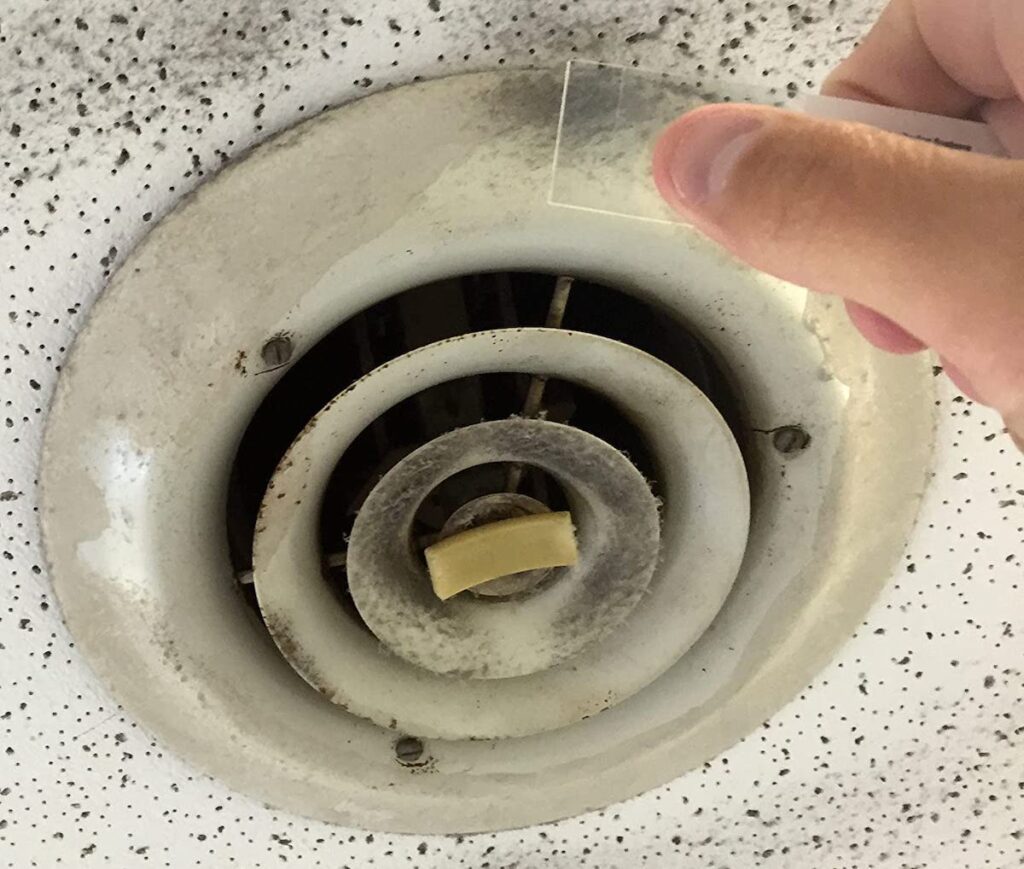

3. Hiring Professional Mold Inspectors
3.1 Seeking Recommendations
If you prefer a more comprehensive and accurate assessment of mold presence in your house, it is advisable to hire professional mold inspectors. Start by seeking recommendations from trusted sources, such as friends, family, or neighbors who have previously dealt with mold issues. They can provide valuable insight into their experiences with different inspectors and help you make an informed decision.
3.2 Researching Certified Mold Inspectors
Once you have gathered recommendations, research certified mold inspectors in your area. Look for inspectors who hold relevant certifications, such as Certified Mold Inspectors (CMI) or Indoor Environmental Professionals (IEP). These certifications ensure that the inspectors have the necessary knowledge and expertise to identify and assess mold infestations accurately.
3.3 Scheduling an Inspection
Contact the mold inspectors you have shortlisted and schedule an inspection appointment. During this initial call, you can also inquire about their services, pricing, and any specific requirements or precautions you need to take before the inspection. Be prepared to provide details about the suspected mold problem, such as the affected areas and any visible signs or symptoms.
3.4 The Inspection Process
On the day of the inspection, the mold inspector will visit your house and conduct a thorough assessment of the affected areas. They will inspect both the visible and hidden spaces for signs of mold growth, using specialized tools and techniques. The inspector may take samples for laboratory testing to identify the types and levels of mold present.
3.5 Reviewing the Inspection Report
After completing the inspection, the mold inspector will provide you with an inspection report. This report will detail the findings of the inspection, including the extent of the mold problem, potential causes, and recommended remediation measures. Take the time to review the report carefully and ask any questions you may have. The inspection report will serve as a valuable guide for addressing the mold issue effectively.
4. Air Sampling
4.1 Understanding Air Sampling
Air sampling is a method often employed by mold inspectors to assess the air quality and determine the presence of mold spores in your house. This method involves collecting air samples from different areas within your home to evaluate the concentration of mold spores in the indoor environment. The collected samples are then sent to a laboratory for analysis.
4.2 Types of Air Sampling Methods
There are two main types of air sampling methods commonly used: spore trap sampling and viable (culturable) sampling. Spore trap sampling involves using specialized cassettes or air pumps to capture mold spores present in the air. Viable sampling, on the other hand, involves collecting air samples using petri dishes or agar plates that allow for the cultivation and identification of mold spores.
4.3 Collecting Air Samples
To collect air samples, the mold inspector will strategically place the sampling devices in various rooms or areas of your house. These devices will operate for a specific duration, typically a few minutes, to capture a sufficient amount of air. The inspector will ensure that the sampling process does not disrupt the airflow in your house, as this can affect the accuracy of the results.
4.4 Interpreting the Results
The collected air samples will be sent to a laboratory for analysis. The laboratory will examine the samples and provide a detailed report on the types and quantities of mold spores present in the air. The results will help determine the level of mold contamination and allow for appropriate remediation measures to be taken. A professional mold inspector will interpret the results and provide recommendations based on the findings.
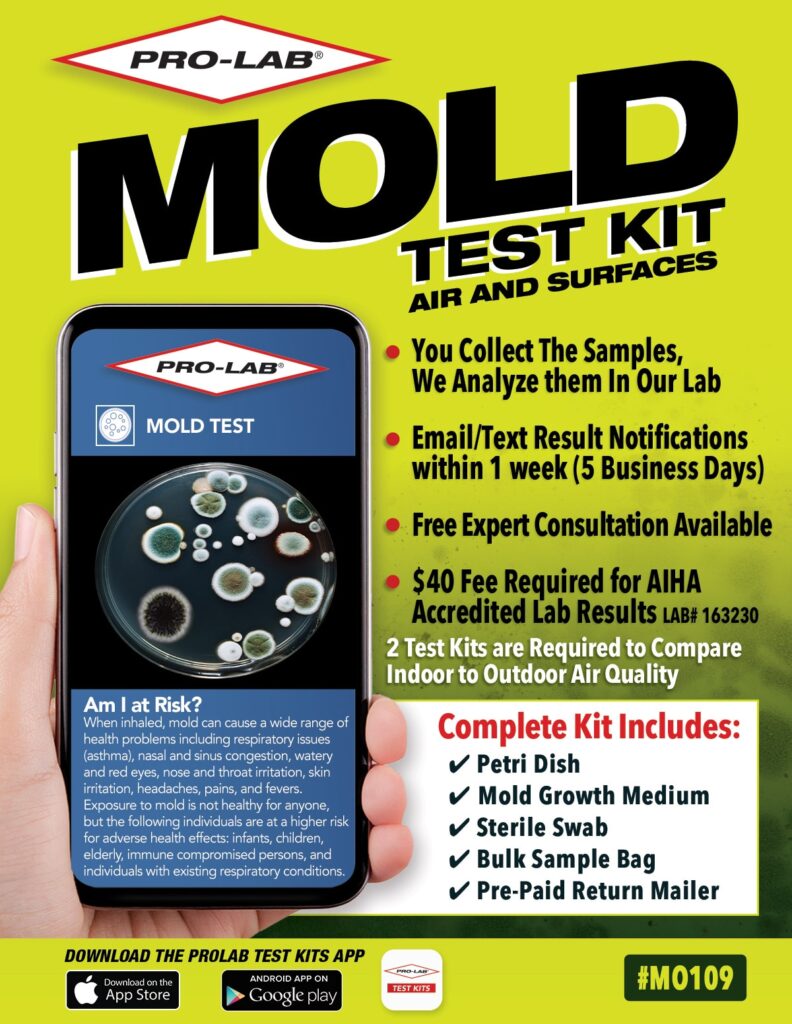

5. Surface Sampling
5.1 Understanding Surface Sampling
Surface sampling involves collecting samples directly from different surfaces within your house to assess the presence of mold growth. This method is particularly useful when there are visible signs of mold, such as discoloration or staining. Surface sampling allows for a more accurate identification of the specific types of mold present on different surfaces.
5.2 Types of Surface Sampling Methods
There are various methods used for surface sampling, depending on the nature of the surface and the desired analysis. Swab sampling involves using sterile swabs to collect samples by gently rubbing them on the suspect surface. Tape/lift sampling utilizes adhesive tapes or sticky slide samplers to lift mold particles from surfaces. Bulk sampling involves collecting physical pieces of the suspect material itself, such as a portion of drywall or carpet, for analysis.
5.3 Collecting Surface Samples
During a professional mold inspection, the mold inspector will conduct surface sampling on areas where mold growth is suspected or visible. The inspector will carefully collect samples using the appropriate sampling method for each surface. It is essential to ensure that the inspector follows proper sampling procedures to obtain accurate results.
5.4 Interpreting the Results
Once the surface samples are collected, they are sent to a laboratory for analysis. The laboratory will examine the samples under a microscope, identify the types of mold present, and determine the quantities. The results will be provided in a report, which the mold inspector will then interpret and explain to you. This interpretation will guide the appropriate remediation actions needed to address the mold problem effectively.
6. Bulk Sampling
6.1 Understanding Bulk Sampling
Bulk sampling involves physically collecting samples of the suspect material itself and sending them to a laboratory for analysis. This method is commonly used when there are large areas of visible mold growth or when the mold is suspected to be deep within a material, such as within drywall or insulation. Bulk sampling provides detailed information about the mold species, concentration, and potential health risks associated with the affected material.
6.2 Types of Bulk Sampling Methods
The two primary types of bulk sampling methods are destructive sampling and non-destructive sampling. Destructive sampling involves physically removing a portion of the suspect material, such as cutting out a piece of drywall or flooring, for analysis. Non-destructive sampling, on the other hand, involves collecting samples without causing damage to the material. This can be done using specialized suction and collection devices.
6.3 Collecting Bulk Samples
Collecting bulk samples should be done carefully and by following proper protocols to ensure accurate results. If you choose to collect bulk samples yourself, make sure to wear appropriate protective gear, such as gloves and a mask, to minimize your exposure to mold spores. Use a clean, sealed container to collect the samples, ensuring that they are properly labeled. It is also recommended to consult with a professional before attempting bulk sampling.
6.4 Interpreting the Results
Once the bulk samples are collected, they need to be sent to a laboratory for analysis. The laboratory will examine the samples and provide a detailed report on the types and quantities of mold present in the material. The results will help identify the severity of the mold contamination and determine the appropriate remediation actions required. A professional mold inspector will interpret the laboratory results and guide you in addressing the mold issue properly.


7. Mold Testing in HVAC Systems
7.1 Importance of Testing HVAC Systems
HVAC systems play a crucial role in maintaining a comfortable and healthy indoor environment. However, they can also contribute to the spread of mold if not properly maintained. Testing HVAC systems for mold is essential to ensure the air circulating throughout your house is clean and mold-free. Mold growth in HVAC systems can lead to widespread contamination and pose severe health risks to occupants.
7.2 Hiring Professionals for HVAC Testing
Due to the complexity of HVAC systems and the potential risks involved, it is highly recommended to hire professionals for HVAC mold testing. Look for certified mold inspectors who specialize in HVAC inspections and have extensive experience in this field. They will have the necessary knowledge and equipment to conduct a thorough assessment of your HVAC system and identify any mold growth.
7.3 DIY HVAC Mold Testing
Although hiring professionals is the preferred method for HVAC mold testing, you can conduct some basic DIY tests to check for potential issues. Start by visually inspecting the HVAC system, paying attention to areas where moisture may accumulate. Look for any signs of mold growth, such as discoloration or visible mold patches. You can also check for musty odors or any other signs of mold-related health issues when the HVAC system is running.
7.4 Interpreting Test Results
Interpreting the results of HVAC mold testing requires a thorough understanding of HVAC systems and mold growth dynamics. If you hire professionals, they will provide you with a detailed analysis of the test results, explaining the findings and any necessary remediation steps. If you conduct DIY tests and suspect mold growth, it is advisable to seek professional assistance to accurately interpret the results and determine the appropriate course of action.
8. Testing for Mycotoxins
8.1 Understanding Mycotoxins
Mycotoxins are toxic substances produced by certain molds that can pose significant health risks to humans and animals when inhaled, ingested, or come into contact with the skin. Testing for mycotoxins is a specialized form of mold testing that focuses on identifying the presence and concentration of these harmful substances. It provides valuable information about the potential health hazards associated with mold contamination.
8.2 Mycotoxin Testing Methods
There are several methods used for mycotoxin testing, including advanced laboratory techniques. These methods involve collecting samples from various sources, such as air, surfaces, or bulk materials, and sending them to specialized laboratories equipped to analyze mycotoxins. The laboratory will use sophisticated instruments and procedures to detect and quantify mycotoxins accurately.
8.3 Collecting Samples for Mycotoxin Testing
Collecting samples for mycotoxin testing requires careful handling and adherence to strict protocols. Depending on the testing method, samples may need to be collected from different sources, such as air filters, dust, or bulk materials suspected of containing mycotoxins. It is crucial to use proper personal protective equipment (PPE) and follow the guidelines provided by the laboratory to ensure accurate results.
8.4 Interpreting Mycotoxin Test Results
Interpreting mycotoxin test results should be done by professionals experienced in mycotoxin analysis. The laboratory will provide a comprehensive report detailing the types and concentrations of mycotoxins detected in the samples. A qualified expert can explain the results, assess the potential health risks associated with the mycotoxin levels, and provide recommendations for remediation and preventive measures.
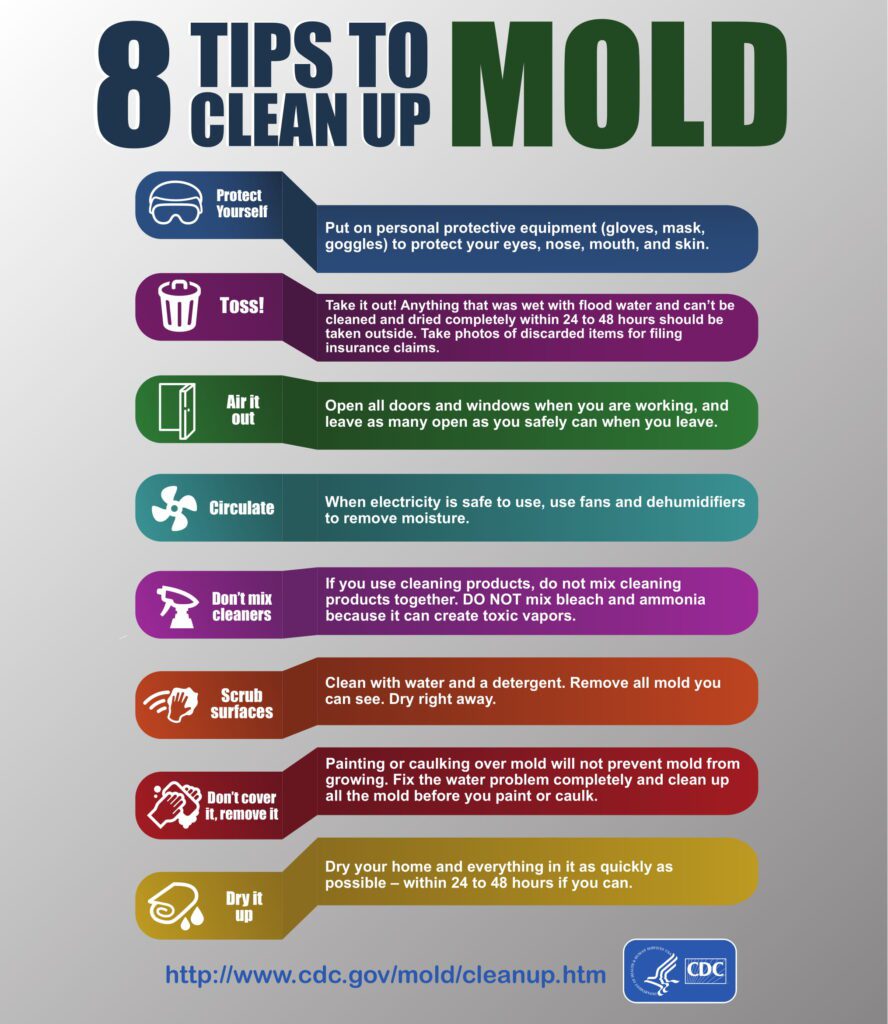

9. Addressing Mold Issues
9.1 DIY Mold Remediation
If you have identified a mold problem in your house, you may choose to address it yourself through DIY mold remediation. This option is suitable for small-scale mold issues that are confined to a limited area. Before starting the remediation process, it is crucial to take necessary precautions by wearing appropriate protective gear and sealing off the area to prevent the spread of mold spores.
To remediate mold, begin by identifying the source of moisture and fixing any leaks or sources of excess humidity. Then, clean the affected surfaces using a mild detergent and water solution or a specially formulated mold cleaner. Scrub the area thoroughly and ensure it is completely dry to prevent future mold growth. Properly dispose of any materials or items that cannot be effectively cleaned, such as heavily contaminated porous materials.
9.2 Hiring Professional Mold Remediation Services
For larger or more complex mold issues, it is highly recommended to hire professional mold remediation services. Professional remediation companies have the knowledge, experience, and specialized equipment to effectively identify and eliminate mold problems. They will follow industry-approved protocols to ensure the safe and thorough removal of mold while minimizing the risk of cross-contamination.
When choosing a mold remediation company, consider their qualifications, certifications, and customer reviews. Request a detailed remediation plan and cost estimate, including the scope of work, containment measures, and post-remediation verification procedures. A reputable mold remediation company can provide you with peace of mind, knowing that the mold issue will be addressed professionally and thoroughly.
9.3 Preventive Measures
Preventing mold growth is essential to maintain a safe and healthy indoor environment. To prevent mold, focus on controlling moisture levels in your house. Regularly inspect and address any sources of excess moisture, such as leaks, condensation, or high humidity. Keep your house well-ventilated, especially in areas prone to moisture accumulation, such as bathrooms, kitchens, and basements. Use dehumidifiers, if necessary, to maintain optimal humidity levels.
Ensure proper insulation and ventilation in your home to prevent the formation of condensation on surfaces. Regularly clean and maintain your HVAC system, including filters, drip pans, and air ducts, to prevent mold growth in this vital system. Clean and dry any water-damaged areas or materials within 48 hours to prevent mold colonization.
9.4 Regular Inspections
Regular inspections are crucial for identifying and addressing potential mold issues promptly. Schedule periodic inspections of your house, focusing on areas prone to mold growth. Visual inspections, along with monitoring for musty odors or any signs of moisture, can help detect mold problems at an early stage. If you notice any changes, such as new discoloration, staining, or health issues, take immediate action to prevent the mold from spreading and causing further damage.
10. Health Risks and Safeguarding Measures
10.1 Mold Toxicity and Health Risks
Mold exposure can have adverse effects on human health, especially for individuals with allergies, asthma, or compromised immune systems. Prolonged exposure to mold can lead to respiratory issues, such as coughing, wheezing, and allergic reactions. Severe mold infestations or exposure to certain types of molds can result in more serious health problems, including infections, inflammation, and mycotoxin-related toxicity.
10.2 Protecting Yourself During Testing
When conducting DIY mold testing or performing any activities near or in mold-infested areas, it is crucial to protect yourself properly. Wear appropriate personal protective equipment (PPE), such as gloves, goggles, and a respiratory mask, to minimize direct contact with mold spores and prevent inhalation. Ensure adequate ventilation and consider sealing off the testing or remediation area to prevent the spread of mold spores to other parts of your house.
10.3 Safe Mold Removal Practices
If you choose to remove mold yourself or hire professionals for remediation, it is essential to follow safe mold removal practices. Properly contain the affected area to prevent the spread of mold spores during removal. Use appropriate PPE to minimize exposure and follow recommended cleaning procedures to ensure effective mold removal. Dispose of any contaminated materials properly and thoroughly clean the area afterward. Regularly monitor the remediated area to ensure that mold does not return.
In conclusion, recognizing the signs of mold infestation, conducting mold testing, and taking prompt remediation measures are essential for a healthy living environment. By being aware of the signs of mold infestation, utilizing DIY mold testing kits or hiring professional mold inspectors, and taking preventive and remediation measures, you can protect yourself and your family from the potential health risks associated with mold. Remember to prioritize your health and seek professional assistance when needed to address mold issues effectively.


